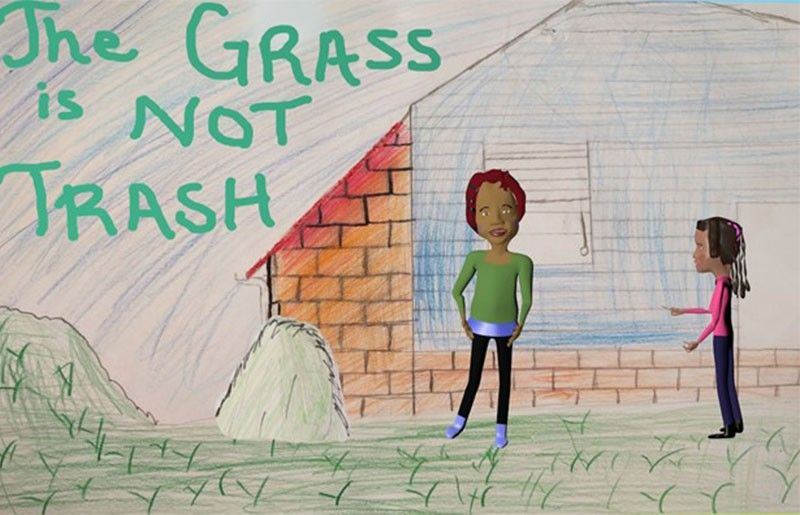
Mejs Hasan
Earth Science Visual Storyteller - NASA’s Jet Propulsion Laboratory (JPL)
Contents
- What first sparked your interest in space and science?
- How did you end up working in the space program?
- Tell us about your job. What do you do?
- What has been your biggest personal or professional challenge, and how did you overcome it?
- What are some fun facts about yourself (hobbies, cool places you’ve been, personal anecdotes, etc.)?
- Where are they from?
Mejs Hasan is an Earth science visual storyteller at NASA’s Jet Propulsion Laboratory in Pasadena, California. She has a Ph.D. in Geological Sciences from the University of North Carolina at Chapel Hill.
What first sparked your interest in space and science?
I used to see science as a province for people who care more about shiny gadgets than they do about helping people. I also used to think it was all about efficiency, logic, and rules at the expense of compassion and warmth.
But when I was in college, some of my female friends majored in the sciences, and I started to wonder if I could do it, too. Plus, my childhood heroes like Kofi Annan (a Nobel Peace Prize laureate and a Secretary-General of the United Nations) started talking about how important science was for solving some of the world’s major problems. I got a UNESCO newsletter in the mail explaining how science research is crucial for approaching problems like desertification, pollution, diseases, lack of water or energy resources, deforestation, and climate change. That was when it clicked for me, and my interest was born.
…let your own dreams and whims guide you and see what unexpected, piquant, maybe heart-breaking paths open before you.- Mejs Hasan
How did you end up working in the space program?
While working on water quality in the Chesapeake Bay [in the Mid-Atlantic], I learned how helpful and useful satellites are in observing environmental problems on Earth, and I thought it was incredible. I worked to get into a Ph.D. program focused on using satellite data to monitor water supply and pollution.
Tell us about your job. What do you do?
I was hired in June 2020, and my role is to write stories and make animations about JPL missions that study Earth’s environment.
What has been your biggest personal or professional challenge, and how did you overcome it?
I came this close to flunking out of my Ph.D. program. My first advisor told me he didn’t think I “had it in me” to do a Ph.D. and kicked me out of his lab group. Luckily, I ended up with two new supportive advisors, and with their encouragement, lots of work, and some courage in the face of dark odds, I flourished!
What are some fun facts about yourself (hobbies, cool places you’ve been, personal anecdotes, etc.)?
I like to make animations with kids. First, I write a short children’s story dealing with an environmental issue. Then I find a class or summer program of kids to help illustrate, narrate, and animate it. These steps require kids to use reading, computer, and math skills. However, the kids almost universally think animating is really cool and don’t notice all of the skills they’re being forced to practice. Best of all, they learn about science in a compassionate and creative (rather than robotic and rule-driven) way.
When we’re done, we invite families and the community to a viewing party. I’ve done this mostly in my hometown in rural North Carolina. My dream is to keep doing this with immigrant, refugee, or vulnerable kids. A few of my favorite animations are titled “The Grass is Not Trash” (meaning it doesn’t belong in the landfill after it’s cut), “Mr. Glump and the Poisonous Pond,” and “Mr. Turtle Gets Sick.”
What’s one piece of advice you would give others interested in a similar career?
When I was done with my undergraduate education and had a nine-to-five job, I taught myself computer animation. I practiced a few hours after work and on weekends just for the pure joy of it. Years passed before I realized I could also use animation as an outreach tool in my professional and academic life. So, my advice is that even when you’re done with school, keep developing the interests and skills that strike your fancy. It doesn’t have to be about making yourself marketable; you can let your own dreams and whims guide you and see what unexpected, piquant, maybe heart-breaking paths open before you.
Where are they from?
Planetary science is a global profession.

























